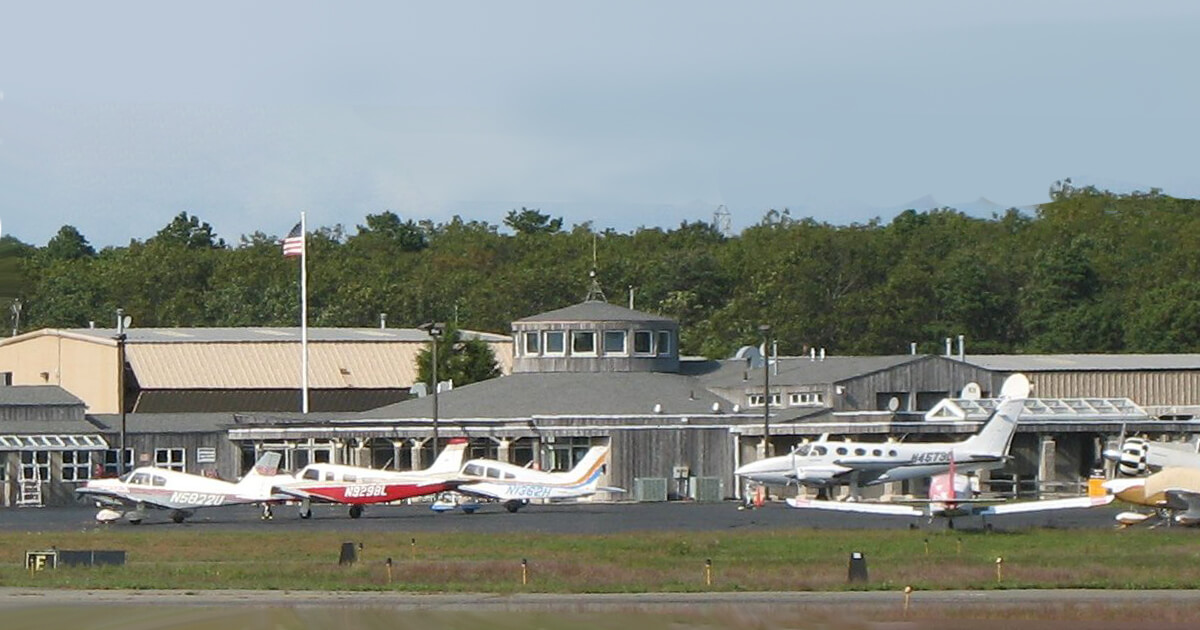
Jan. 21, 2022
In a unanimous vote, the East Hampton Town Board on Jan. 20 approved a resolution to deactivate East Hampton Airport (HTO) through a temporary closure on March 1, and reopen it three days later as a “new airport,” a private-use facility subject to prior permission required conditions.
The brief closure process is intended to enable the town to gain ability to institute restrictions, such as curfews; prohibition or reduction of what the town refers to as “commercial operations;” targeted reductions in operations of specific kinds of aircraft such as jets, seaplanes and helicopters; and limitations on aviation activities to only those specifically approved by the town.
Outright closure of HTO was another possibility considered by the board following the expiration of FAA grant assurances last year, which were among the federal obligations requiring the town to provide unrestricted public access to the east Long Island, NY facility.
The board intends to unveil details of any planned operational restrictions in May, though Alex Gertsen, NBAA’s director of airports and ground infrastructure, noted several questions remain about the town’s decisions.
“We do not see the path to a private-use airport in order to institute restrictions to be viable as proposed by the town, and its ability to receive FAA approval for this course of action remains to be seen,” he said. “Nevertheless, choosing this option indicates the town recognizes the value of its airport, and NBAA appreciates the town board making a commitment to keeping HTO open so that it can continue to play an important role and to serve the communities on the east end of the island.”
NBAA has long fought to preserve access for all types of operations at HTO, including joining with local stakeholders in combating noise restrictions and curfews at the airport in 2015-2016. Recently, NBAA joined other aviation groups to support a lawsuit filed by a helicopter operator challenging the town’s prohibition of special VFR operations. The court has issued a temporary restraining order to that action, with a final decision pending.
“Pilots and operators of all types of aircraft have demonstrated commitment for over a decade to fly neighborly and to develop procedures and routes to reduce noise impacts on surrounding communities, affirming to the town that the industry is committed to find solutions to be a good neighbor with surrounding residents,” Gertsen said.
As airport proponents now consider future actions in response to the board’s vote, Gertsen invited operators affected by potential restrictions at HTO to contact him at agertsen@nbaa.org and become engaged in the process.
“We are closely monitoring the developments and working with the town, the FAA and other local and national organizations to help shape the future of the airport,” he said.


 International Business Aviation Council Ltd.
International Business Aviation Council Ltd.